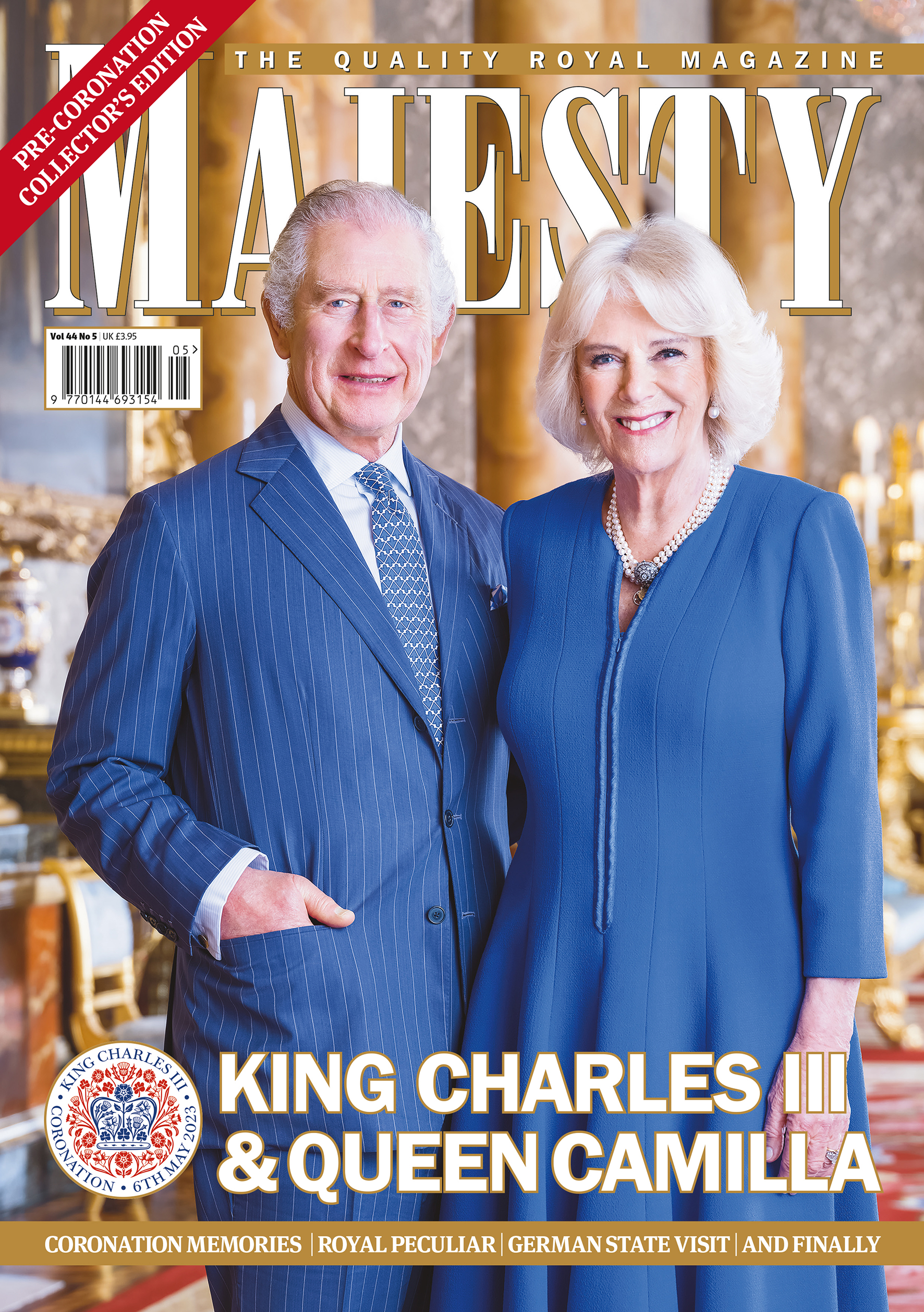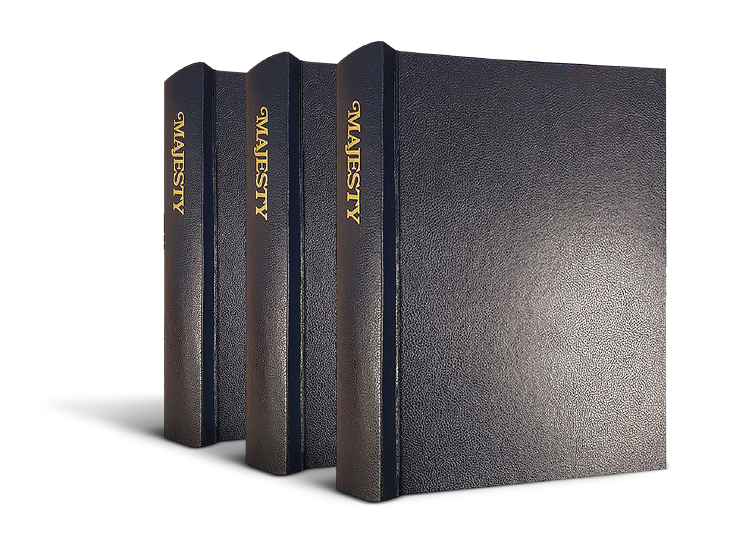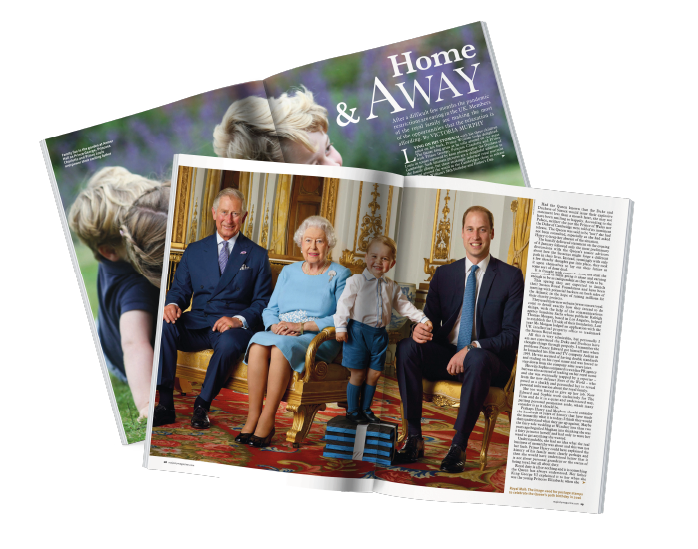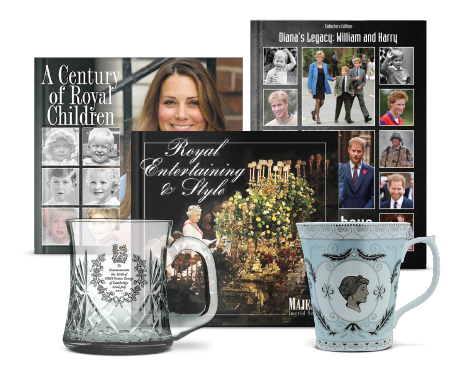
never miss an issue

In the United Kingdom more than thirty-eight thousand church bells will ring out over the weekend of 6-7 May to celebrate the coronation of King Charles III. Church bells are believed to be one of the monarch’s favourite sounds, so it is appropriate that as many as possible will ‘Ring for the King’. Schoolchildren will be learning some of the ancient coronation rituals, including the King’s grandchildren George, Charlotte and Louis, all of whom will be travelling in the Coronation Procession after the ceremony.
Prince George, two months away from his tenth birthday, will be one of the four pages of honour who will form part of the King’s procession through the nave of Westminster Abbey. The others are Lord Oliver Cholmondeley and Nicholas Barclay, both aged thirteen, and twelve-year-old Ralph Tollemache.
The Queen’s grandsons – thirteen-year-old twins Gus and Louis Lopes and their cousin Freddy Parker Bowles, also thirteen – will be her pages of honour, as will her ten-year-old great-nephew Arthur Elliot, grandson of her recently widowed sister, Annabel.
The children will have learnt a simplified version of the six stages of the coronation: the recognition, the oath, the anointing, the investiture (which includes the crowning), the enthronement and the homage.
The recognition is when the King will ‘show’ himself to the people by turning around in an anticlockwise circle in a raised central space of the abbey, known as a theatre. The Archbishop of Canterbury will proclaim Charles ‘the undoubted King’ and the choir will be the first to cry out ‘God Save King Charles’. Afterwards, the King will move to the altar, kiss the Bible and sign the oath.
Then comes the anointing, which is the central religious ceremony. The monarch, wearing a plain linen shift – the Colobium Sindonis – will sit beneath a canopy on the Coronation Chair while the archbishop anoints him with oil in the form of a cross.
After being sanctified the King will put on a gold robe, the Supertunica. He is presented with a jewelled sword and golden spurs and armills – wide gold bracelets that represent sincerity and wisdom. He will then receive the orb, the coronation ring, the sceptre and the rod. The archbishop will then crown the King, placing the historic St Edward’s Crown on his head, at which point the congregation will exclaim ‘God save the King’. After the blessing, the monarch is lifted on to his throne.
The final act is the homage, which is when the Prince of Wales and senior peers will place their hands between His Majesty’s and swear allegiance by touching the crown and kissing the King’s right hand.
The Queen will sit alongside her husband and be anointed and crowned in a similar but simpler ceremony. The King insisted that although the ceremony should be spectacular, it had to be cost-sensitive and reflect the times in which we live. As the coronation is a state occasion it is financed by the government, who will use the ceremony as an important opportunity to present Great Britain to the world in the very best light.




